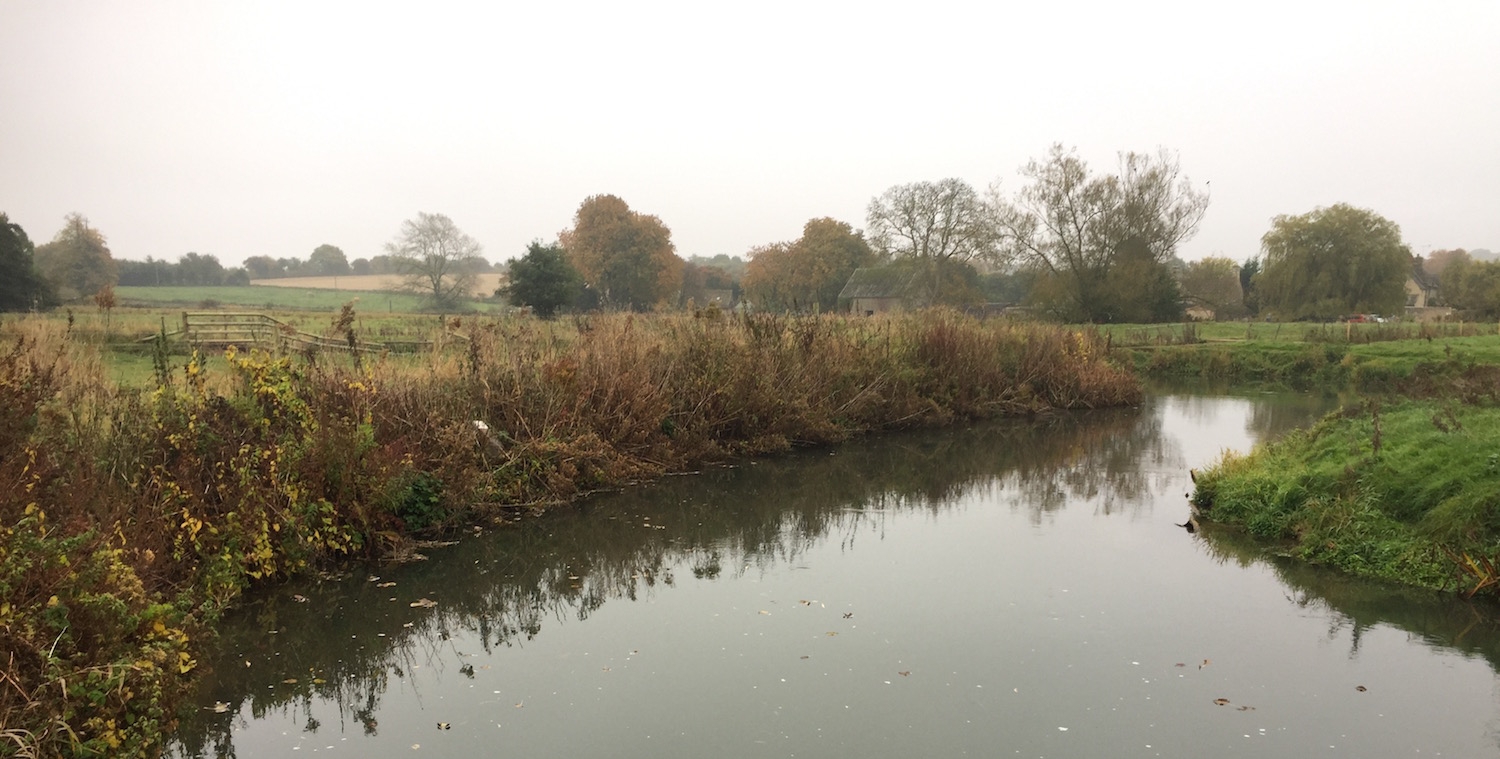Otter Survey
Otter populations declined through the 1900s due to pesticides in the aquatic food chain and habitat loss. With the introduction of bans on certain pesticides, improvements in water quality and re-introductions of otters to their natural environments, their populations are once again thriving across Britain.
The EC Habitats Directive and Conservation (Natural Habitats, &c.) Regulations 1994 class otters as European Protected Species, which means they enjoy the highest level of protection. Because of their past history, otters are protected under UK and European law and it is an offence to capture, kill, disturb or injure them. It is also an offence to damage or destroy a breeding or resting place or to obstruct access to their resting or sheltering places.
Otters usually live in wetland habitats like rivers, streams, lakes, marshes, ditches and coastal areas. Otters have multiple resting-places in their territory such as riverside tree roots, old badger setts and large rabbit holes. They also spend time resting in dense vegetation.
If you are commissioning any sort of development on land you might find that planning permission is refused for sites where otters are present, unless you can prove the creatures will be properly protected during development and disturbance will be minimal. This is where you will need to commission an otter survey.
In some cases, it's simply about modifying your site practices, in others it's a complicated matter involving creating entire new habitats including holts, wet culverts and dry tunnels, fencing and hard landscaping. All this may require a European Protected Species (EPS) licence from Natural England.
About otter surveys
Otter surveys involve recording signs in the field, for example:
Otter footprints;
Droppings (called spraint);
Signs of feeding;
Their holts (homes) and resting areas; and
The habitats that support them.
Because otters travel great distances and have large territories (a male otter can easily have a territory range of twenty to forty kilometres of river, with female otters having smaller territories, sometimes half the size), surveys to assess the impact of development on land have to take watercourses far beyond the site itself into account. A survey usually involves a detailed search for evidence of otters along a watercourse, looking for:
Otter spraints, AKA faeces, with their typical sweet smell;
The remains of their food;
Muddy slides that the animals make on river, stream and lake banks; and
Otter footprints, also very easy to recognise although often hidden by vegetation or are hard to find.
We have plenty of experience conducting otter surveys, and often use camera traps to help identify and verify otter shelters and use artificial sprainting points to confirm presence. After the survey we write up a report detailing the survey methodology and results, plus any general mitigation and licensing required. You will need to submit this otter survey when you apply for planning permission in a potentially affected area. Otter surveys can often be undertaken at the same time as other wetland surveys such as for water voles.
Arrange an Otter Survey
We can carry out otter surveys all year round, but they can be affected by the weather and dense summer vegetation.
If you'd like to go ahead or have any questions, call us on 01865 893346 or:



